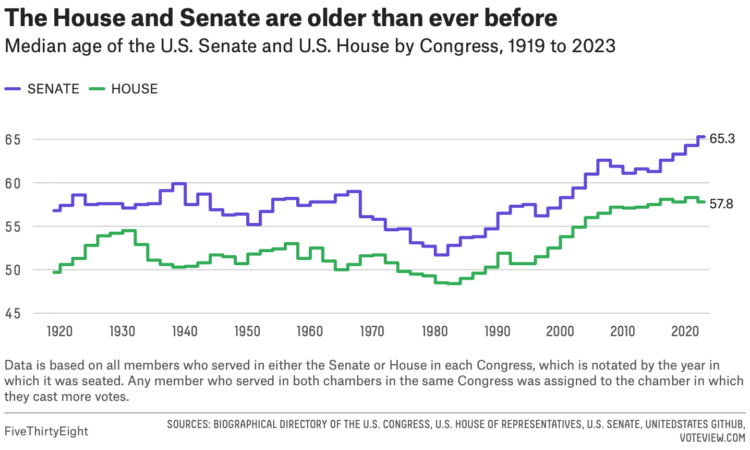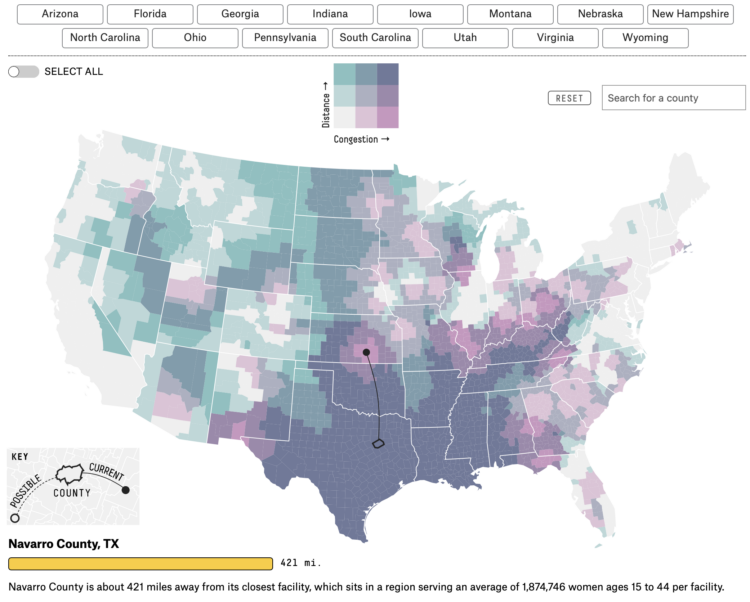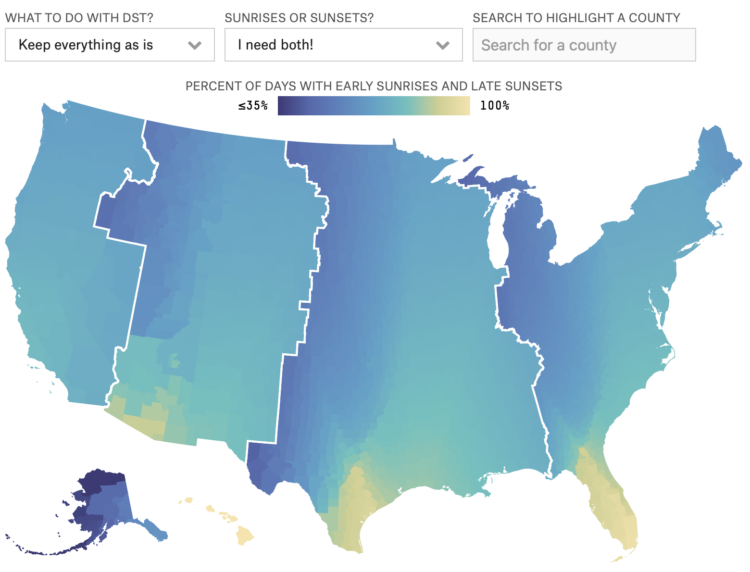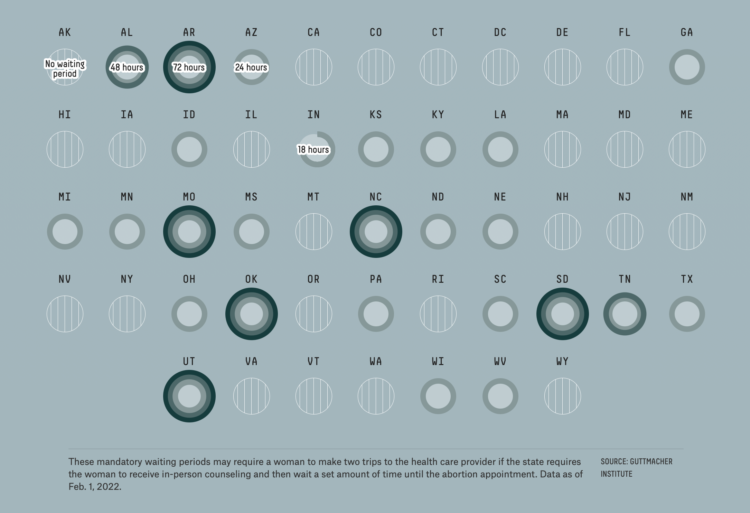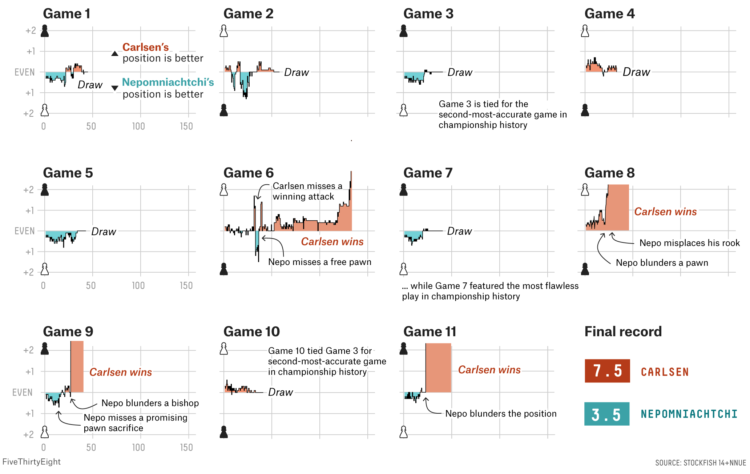Disney began more layoffs, and data-centric FiveThirtyEight, which is owned by Disney, was part of the round. Nate Silver, founder and editor-in-chief of the site, also announced he is likely to be leaving soon:
Disney layoffs have substantially impacted FiveThirtyEight. I am sad and disappointed to a degree that’s kind of hard to express right now. We’ve been at Disney almost 10 years. My contract is up soon and I expect that I’ll be leaving at the end of it.
I had been worried about an outcome like this and so have had some great initial conversations about opportunities elsewhere. Don’t hesitate to get in touch. I am so proud of the work of FiveThirtyEight staff. It has never been easy. I’m so sorry to the people impacted by this.
Feels like a shift in data and stories.
Tags: data journalism, FiveThirtyEight, layoffs, Nate Silver
